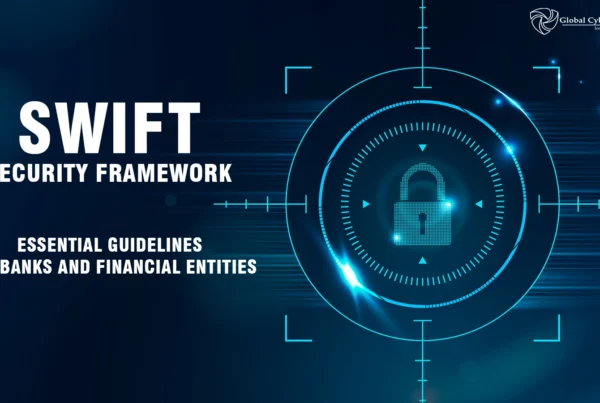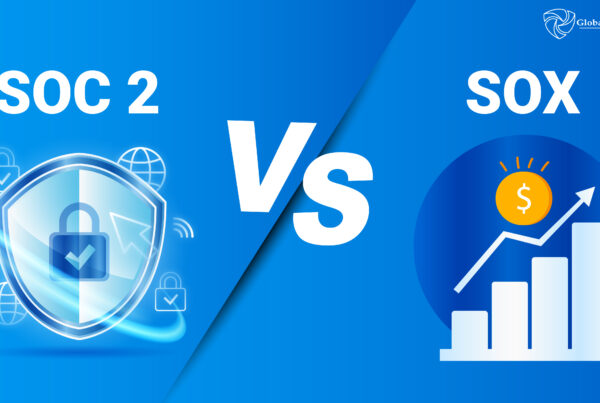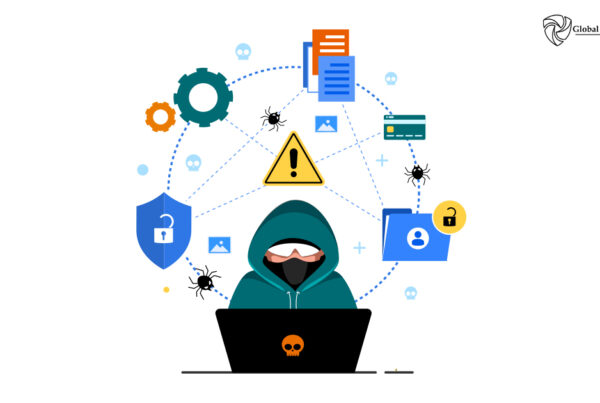
Cyber threats are more sophisticated than ever in today’s digital landscape. Cyberattacks that can expose personal data, bring down operations, and result in financial damage are a concern for organizations of all sizes. This is where threat intelligence comes in — threat intelligence is a proactive way for cybersecurity experts to detect, examine, and prevent cyber threats before they lead to damage.
What is Threat Intelligence?
Threat intelligence is gathering, analyzing, and using information about cyber threats to improve an organization’s security posture. And training used to identify TTPs (tactics, techniques, and procedures) they use to forecast and prevent an invasion. Organizations with threat intelligence will not wait for cyber incidents to happen before reacting; they stay one step ahead of hackers and malicious actors.
Why Threat Intelligence is Crucial for Cybersecurity
- Proactive Threat Detection
Conventional cybersecurity technologies such as firewalls and antivirus solutions are reactionary; they respond to known threats. Nevertheless, cybercriminals continuously evolve their attack techniques. With threat intelligence, organizations can know about emerging threats as they happen, which allows them to avoid being surprised.
- Enhanced Incident Response
Once a cyberattack has happened, time is of the essence for organizations to respond and mitigate the damage. Threat intelligence offers actionable insights, helping teams understand the attack’s nature and how to respond. It also aids forensic teams in tracking the origins of an attack and strengthening defenses moving forward.
- Reducing False Positives
False positives—warnings of a threat when there isn’t one—are one of the biggest headaches in cybersecurity. It prevents irrelevant alerts from reaching your security staff, enabling them to focus on real threats and cut down wasted time and money.
- Improving Security Policies
Threat intelligence data helps organizations make sure that their security policies follow best practices. Such measures may involve an upgrade of security protocols, mandatory multi-factor authentication (MFA), and routine security awareness training.
Major Components of Threat Intelligence
There are multiple components to threat intelligence, which work together to provide a full view of the cyber threat landscape.
- Tactical Threat Intelligence
Type of Tactical Intelligence: These are specific threats and vulnerabilities impacting the organization. It provides information on known malware, phishing campaigns, and attack vectors so that security teams can take immediate steps to protect.
- Operational-focused Threat Intelligence
Operational intelligence helps us understand how cybercriminals plan and conduct their attacks. It includes analyzing threat actor behavior, attack methods, and security breaches to understand what the future holds.
- Strategic Threat Intelligence
Strategic intelligence observes the cybersecurity picture as a whole. It enables executives and decision-makers to comprehend cyber threats, risks to business, regulatory obligations, and industry-wide security difficulties.
- Technical Threat Intelligence
Technical intelligence reflects the specific digital artifacts related to threats in cyberspace. This includes IoCs (indicators of compromise) like anything from malicious IP addresses to suspicious domain names and exploit signatures.
Threat Intelligence Sources
To provide the most accurate and relevant threat intelligence, information is collected from many sources. These sources include:
- Open-source intelligence (OSINT) Information in the public domain like security blogs, research papers and hacker forums.
- Threat intelligence feeds — Data from cybersecurity vendors that monitor emerging threats in real time.
- Dark web monitoring — Monitoring of underground hacker marketplaces where stolen data and hacking tools are bought and sold.
- Internal security logs — These contain data collected from the organization’s own security systems, such as firewall logs and intrusion detection systems.
How organizations are expected to use threat intelligence
- SOC (Security Operations Centers)
In real time, threat intelligence allows SOC teams to detect, analyze, and respond to cyber threats. They deploy automated tools to correlate the threat data and prevent malicious activity from doing damage.
- Cybersecurity Teams
Threat intelligence is employed by cybersecurity experts to analyze security vulnerabilities and address a security gap that has yet to be exploited. This allows for a permanent enhancement of an organization’s defense mechanism.
- Government and Law Enforcement
Government agencies use threat intelligence to monitor and analyze the activities of cybercriminals who may be attempting to mount more widespread attacks on critical infrastructure systems, including power grids, financial institutions, and military networks.
AI and Machine Learning in Threat Intelligence
Threat intelligence has been revolutionized with AI and ML. These technologies are intended to enable security teams to process vast amounts of threat information. AI-powered security solutions can recognize patterns in cybersecurity threats, predict potential attacks, and automate responses to known threats.
Artificial intelligence and machine learning can also provide real-time threat detection and mitigation. In the same manner, machine learning algorithms are capable of detecting phishing emails and can block users from clicking on malicious links.
Emerging Trends in Threat Intelligence
- Zero Trust Security Expansion
In the Zero Trust model, implicit trust of any kind is never given to any single user or device. A major part of implementing Zero Trust security frameworks will be in using threat intelligence to make sure that only verified users and devices can access sensitive data.
- Increased Use of Automation
With the rise of cyber threats, organizations will increasingly depend on automated threat intelligence platforms to analyze and respond to threats in real time.
- Working Together Across Different Industries
Organization to share threat intelligence data with others. Organizations such as the Cyber Threat Alliance (CTA) allow companies to share threat intelligence and defend against shared threats.
Conclusion
Threat intelligence is a critical part of current cybersecurity. Using real-time data, predictive analytics, and AI-based tools, cyber criminals can get ahead and secure their digital assets. By providing actionable insights, threat intelligence protects organizations from potential attacks by fortifying their cybersecurity and lowering the risk of a breach, enabling them to detect threats before they become an issue and ultimately improving their incident response capabilities as well.
Even agriculture — where tech-powered gears like smart tractors gradually hook up to the web — can use danger intelligence. Protecting IoT-enabled machinery against cyber threats is vital for operational efficiency and cost-saving.
With the growing complexity of cyber threats, threat intelligence strategies should be a commodity for organizations to invest in, ensuring the safety of their data, infrastructure, and, more importantly, their future.



